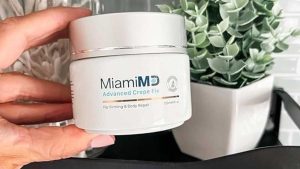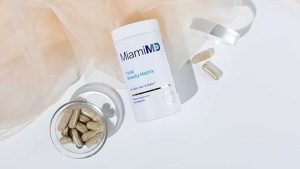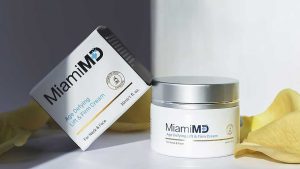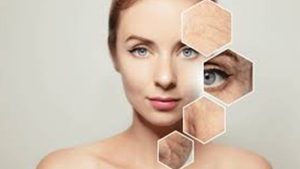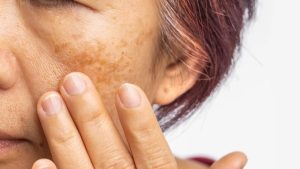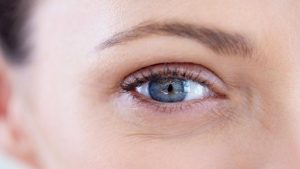What Makes A Good Skin Care Routine?
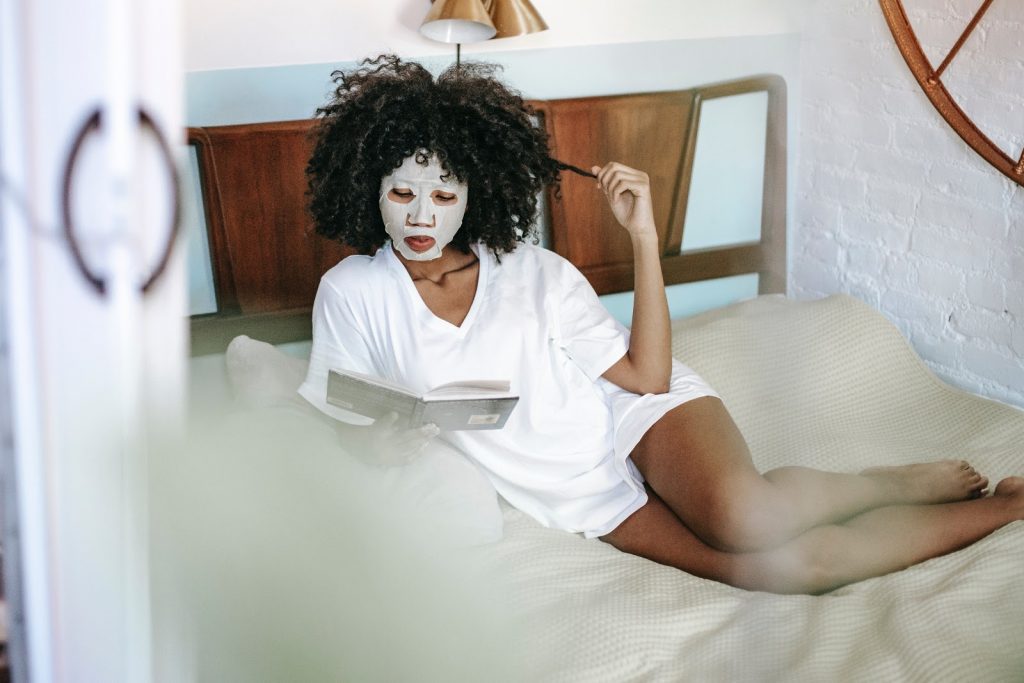
Developing a quality skin care routine that works for you now is one of the best ways that you can continue to look out for your skin in the future. But, even for the most experienced of us out there, it’s always a good idea to get a little refresher course in what a good skin care routine looks like.
Here at MiamiMD, we focus our skin care routine around dermatology-approved products that are considered to be “functional beauty” products. This means that their active ingredients can help improve the skin in both the short term (as in minutes after application) as well as over time.
Let’s get deeper into the basics of a skin care routine, and how you can develop your own and help fight off the signs of aging as long as possible.
Cleansing and Exfoliating
Any good skin care routine should always start with cleansing the skin. This may be the most important part of the routine to maintain healthy skin, so it should never be skipped, no matter how much of a hurry that you’re in!
The skin should be cleansed twice daily, once in the morning after waking up, and once in the evening before going to bed. If you have sensitive skin, even just splashing it with a gentle cleanser or using a cotton pad with some micellar water in the morning is beneficial. In the evening, even before cleansing with face wash, you should take the time to use a makeup remover to clean off product that you may have worn that day, which can help prevent breakouts for acne-prone skin.
Additionally, a face wash with salicylic acid can do wonders for acne-prone skin, too! Just make sure you use a hydrating lotion in the following steps to prevent your skin from getting too dry, as salicylic acid tends to have that effect.
The importance of cleansing is that is creates a blank slate for the remainder of your skin care routine. Throughout the day, the skin collects residue from nearly everything that is comes in contact with. Dirt, pollutants, makeup, and oil all end up forming a coating on your skin. Not only does this make the skin appear dull, it also tends to clog the pores, especially in oily skin. That means that the skin isn’t nearly as efficient at being able to clear out the old, dead skin cells and perform cell turnover. It also means that the pores are going to be closed off and unable to absorb any skin care products that you may be using.
There are a few tips to follow when deciding on a cleanser and actually washing your skin. You want one that will work with your skin, most importantly. This means learning about your skin type, and finding a product that is complimentary to it.
Generally, gel cleansers are better for people who have oily or combination skin, while cream cleansers are best for those with dryness or sensitivity concerns to help moisturize and keep skin hydrated even at this early step. Being able to identify your skin type and find a good cleanser is key!
You should always wash your skin with lukewarm water, as well. Hot water can be drying on the skin, especially for those with sensitivity, and cold water can close your pores and defeat the purpose of cleansing in the first place. You’ll also want to use the cleanser using gentle circular motions, and never scrubbing too roughly. The same goes for drying your skin after you’re done — always pat the skin dry, especially in the under eye area, trying to avoid any rubbing motion. Rubbing can irritate the skin, and also can lead to a loss of elasticity.
After cleansing, you may choose to use an exfoliation product as well — this should only be done a few times a week at most, even for oily skin, and even if using a gentle exfoliator like glycolic acid versus a physical exfoliant like crushed apricot seeds.
Applying Serums
After the skin is clean, it’s time to apply any serums that you may be using. If you don’t know what serums are, you’re missing out on the potential to be able to improve your skin in even more specific, targeted ways.
These viscous liquids were designed with a specific goal in mind, whether that is a vitamin C serum for brightening and helping to decrease the appearance of fine lines and wrinkles, or a retinoid serum for helping minimize discoloration, dark spots, and under eye bags. There are also serums that are made for the entire face, and those that are meant to specifically treat specific concerns like acne.
When applying serums, you’ll want to start with a specific targeted or spot treatment option, like MiamiMD’s Eye Rescue serum. The reason behind that is that it gives the serum as direct of a route as possible to absorb into the targeted area. That means that the serum and all of its powerful peptides and antioxidants are able to be absorbed directly into the skin, without any other skin care products getting in the way. Some people choose to use a toner as an additional step between cleansing the skin and applying serums, as they can help further open the pores and prepare them to be able to accept as much serum as possible.
If you’re applying a serum to the under eye area, you’ll want to use special caution in how you apply it. It’s generally recommended that you apply any serums to the area with the ring finger only, as it creates only a small amount of pressure and tugging. Use a tapping or patting motion to help encourage the serum to enter into the pores without causing any irritation. Do note that a serum is different from an eye cream, which usually gets applied right before the final step.
After targeted serums, you’ll move on to serums that were designed to benefit the entire face. While you may be inclined to want to rub these in, any dermatologist will recommend that you pat these in as well. You won’t need much to cover the entire face, so don’t overdo it.
Always make sure to let you serum dry before you move on, whether that is to another serum or to your moisturizer. If it’s not dry, you run the risk of moving it off of the skin its supposed to be working on and to other parts of the face where it won’t be quite as beneficial.
The Final Step : Moisturizers or Finishing Creams
After the skin has been cleansed (and possibly exfoliated), and the serum (and possibly toners) have been applied and allowed to dry thoroughly, it’s time for the final step.
Any good skin care routine ends with a quality moisturizer, night cream, or finishing cream. This helps to add additional benefits to the skin, while also holding in the other skin care products that you’ve used. It is a great way to hydrate the skin (especially when hyaluronic acid is involved), which is one of the best ways that you can keep your skin looking youthful and radiant for as long as possible.
Many signs of aging, like fine lines and wrinkles or a loss of the skin’s ability to bounce back like it used to, are actually signs of having dehydrated skin.
When it came to designing our products, we added an extra layer of functional beauty. Our Age-Defying Lift & Firm Cream was created to help restore the firmness to the skin on the face, and help promote volume and elasticity to transform loose, saggy skin within just minutes of application. That’s why it’s considered to be functional beauty — it provides you functional benefits while you use it, and those benefits stick around long after the immediate effects have worn off.
The ultimate goal of a moisturizer, though, is to treat dry skin as well as stop it from drying out again in the future. When you apply a quality moisturizer, it holds water in the very outermost layer of the dermis, known as the stratum corneum.
Many people refer to the very outer layer of the skin as the “moisture barrier,” because it keeps hydration in without letting water out. A damaged moisture barrier is often the cause of a lot of common skin related complaints, like redness and irritation. If that happens, it can make applying any skin care products (even moisturizer) incredibly uncomfortable.
Although moisturizers are the last step of a good skin care routine, there is one other step that should be taken if you’re heading out of the house for the day. After your moisturizer or finishing cream has dried, you’ll always want to remember to add sun protection. Dermatologists generally recommend using a broad-spectrum sunscreen, which means that it protects the skin from both UVA and UVB radiation, helping to protect you from UV rays that can eventually lead to skin cancer with long periods of exposure. It should also be waterproof, so that it doesn’t get washed away by rain or sweat as easily, and be at least SPF 30.
Using sunscreen is one of the best ways to take care of your skin and prevent premature age related concerns like hyperpigmentation, fine lines, and wrinkles. If you can do all that by just applying a thin layer of sunscreen, why wouldn’t you?
In Conclusion…
A good basic skin care routine should always including cleansing the skin, using serums, and finishing with a quality moisturizer or finishing cream.
MiamiMD products were designed to fit into any routine, and provide functional beauty as you wear them.
Why wait for your skin care products to work when you can see their benefits right away? You deserve it. Age really can be just a number when you learn more about how to take care of your skin, and design a quality skin care routine to help you reach your goals.
Sources:
https://www.huffpost.com/entry/micellar-water-skincare_n_55a66a22e4b0896514cfd3c9
https://www.webmd.com/beauty/features/beauty-smarts-serums-jan13#1
https://health.howstuffworks.com/skin-care/moisturizing/products/skin-moisturizers.htm
